Brazilian Cartoon
- caricature /
- Brazilian Cartoon
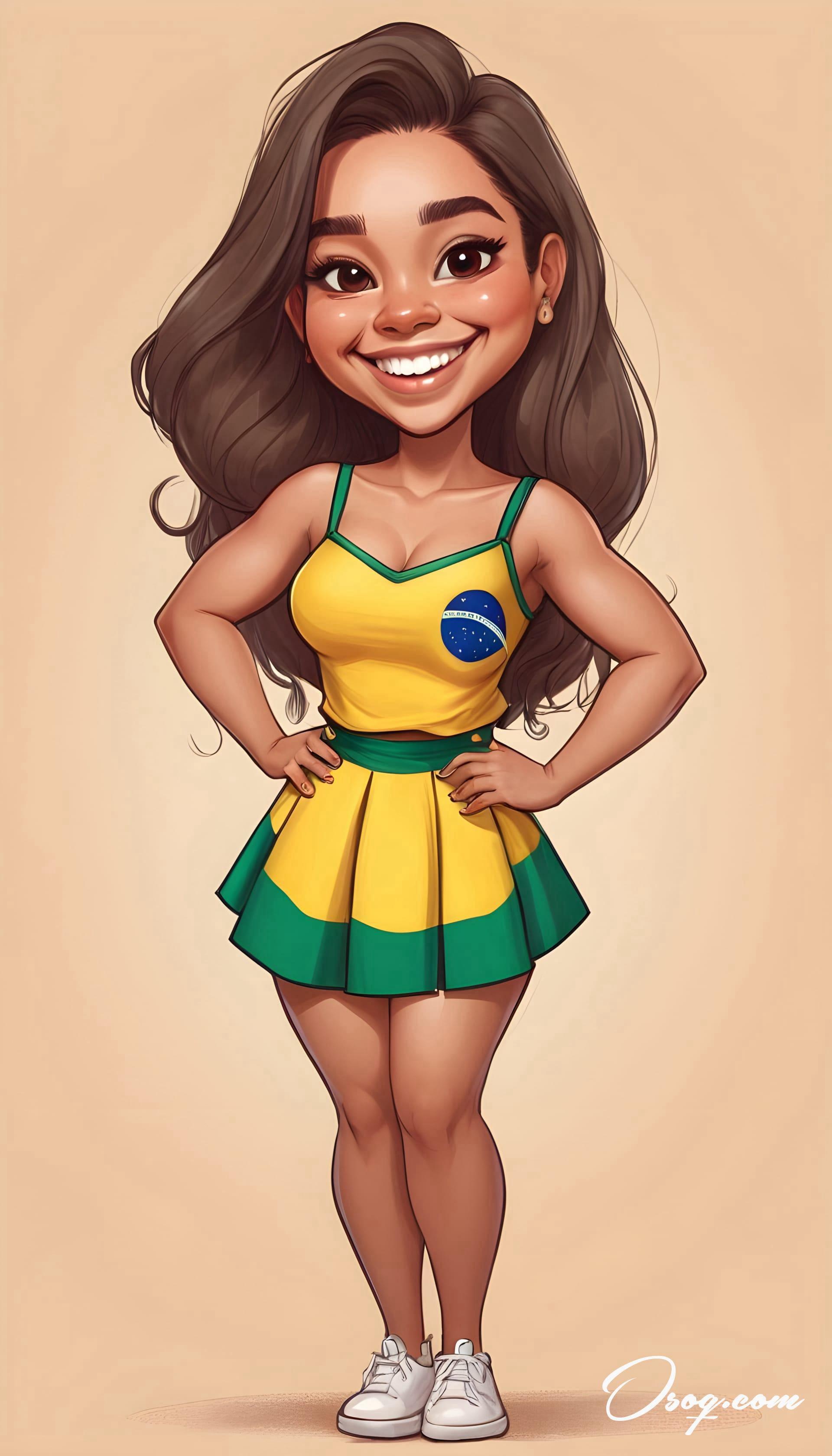
Brazilian cartoons have a vibrant and colorful history, deeply rooted in the country's diverse cultural tapestry. This artistic form has evolved from simple comic strips in newspapers to intricate animations watched around the globe.
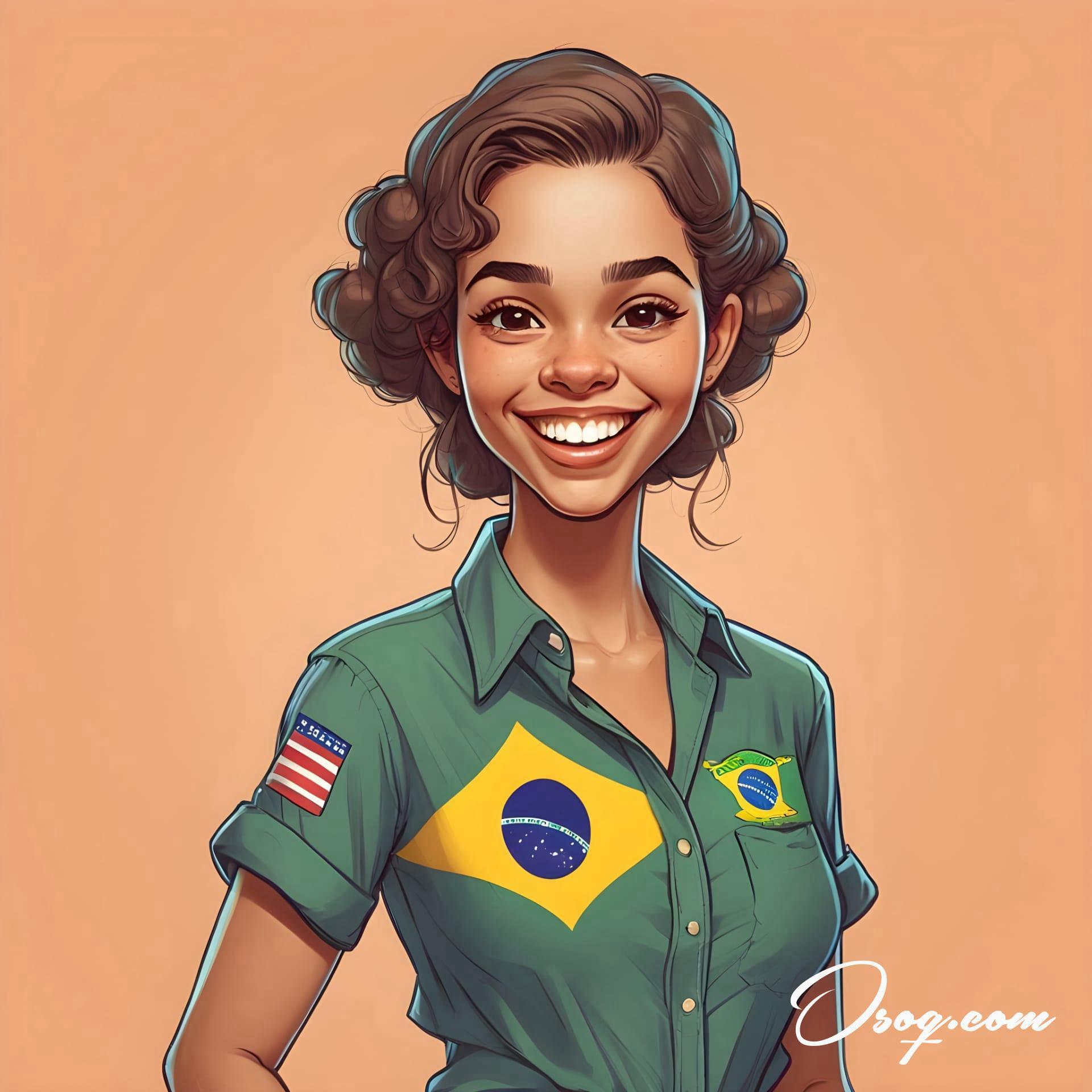
The iconic Brazilian cartoon character, Monica, from "Monica's Gang," created by Mauricio de Sousa, has become a symbol of Brazilian childhood. This character and her friends have been entertaining children and adults alike since the 1960s.

In Brazil, cartoons are not just for kids. Many works tackle social and political themes, using humor and satire to comment on the complexities of Brazilian life.
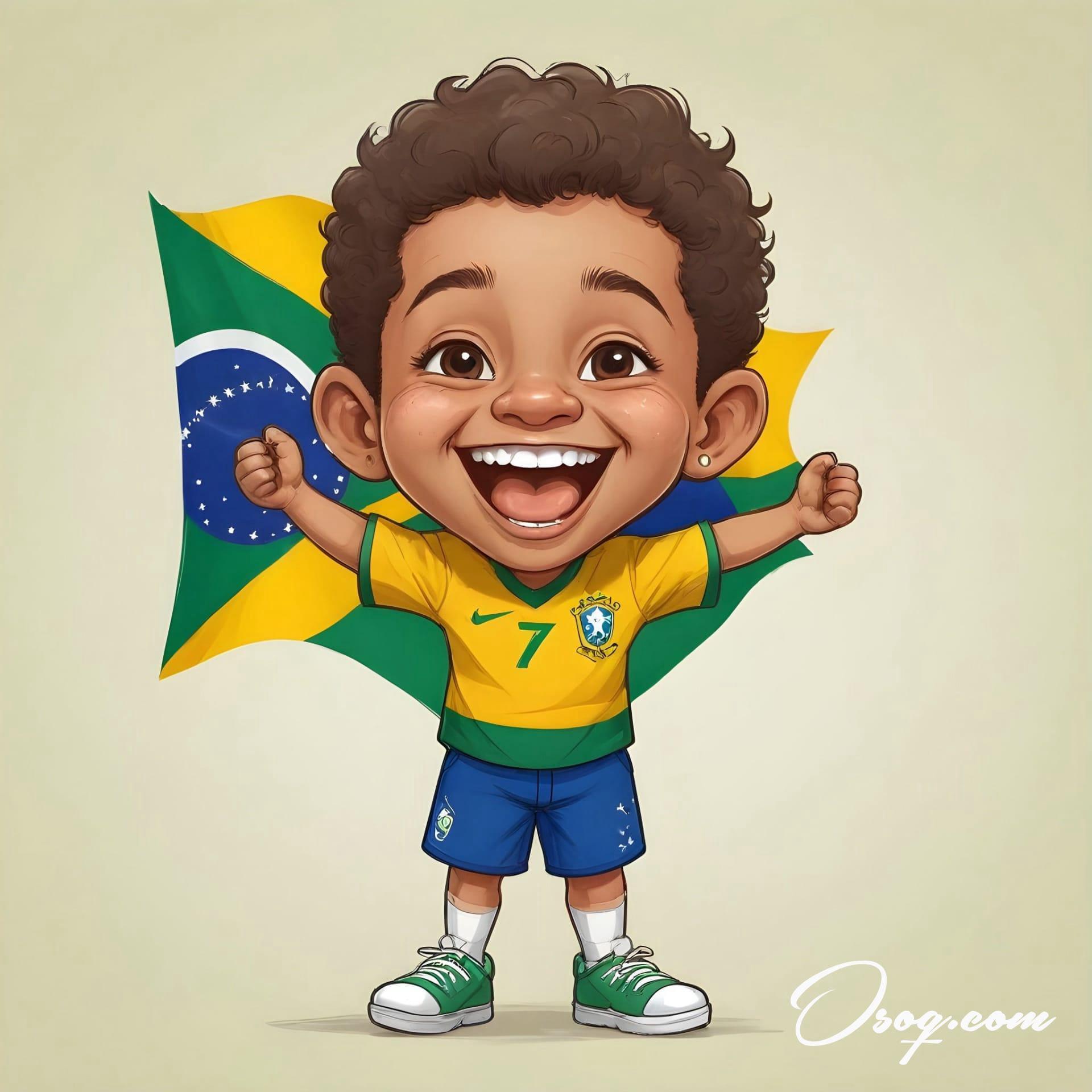
"Turma da Monica" (Monica's Gang) was one of the first Brazilian cartoons to gain international recognition, sparking interest in Brazilian culture and paving the way for future artists.
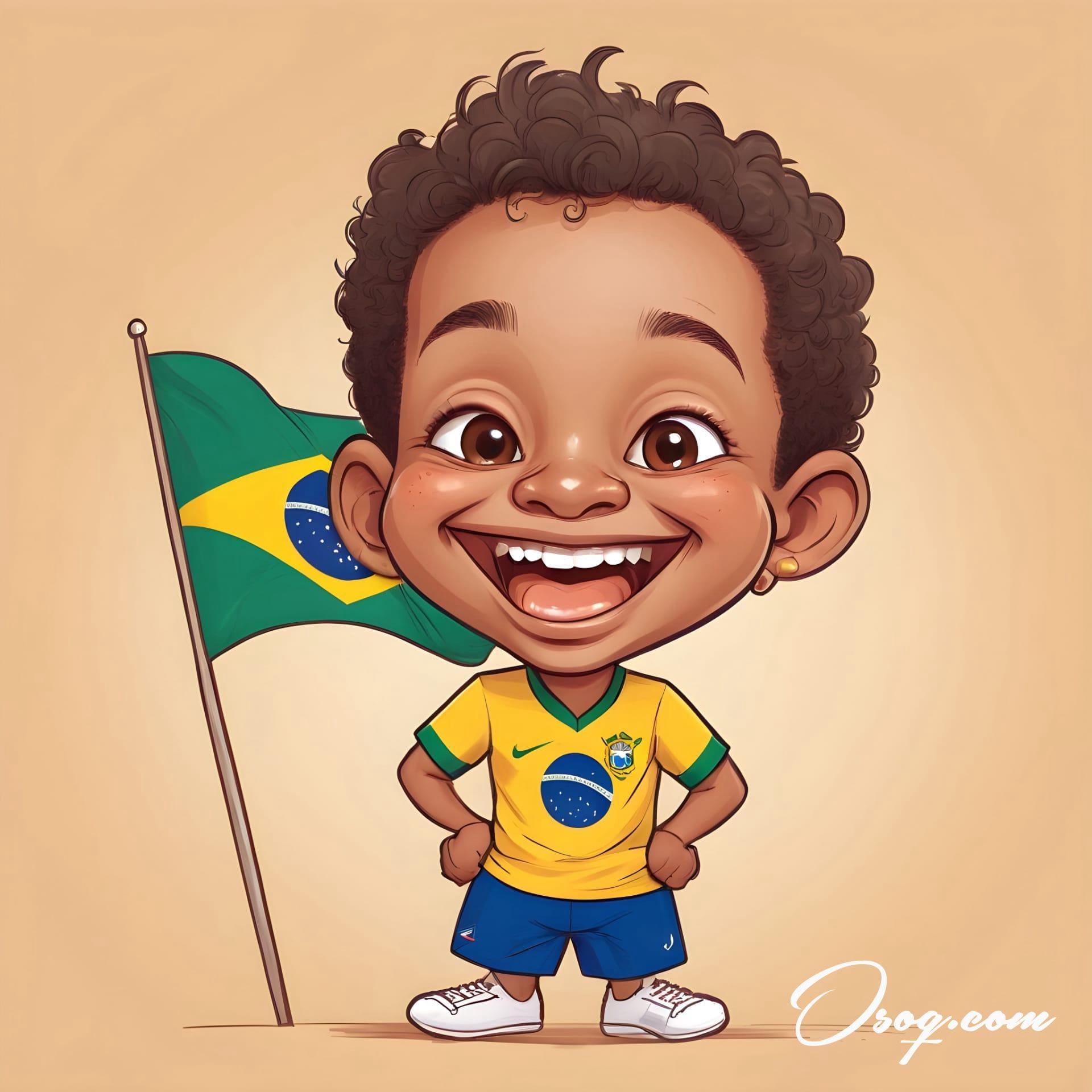
Brazilian cartoonists often draw inspiration from the country’s lush landscapes and urban scenarios, creating backdrops that are as captivating as the characters themselves.
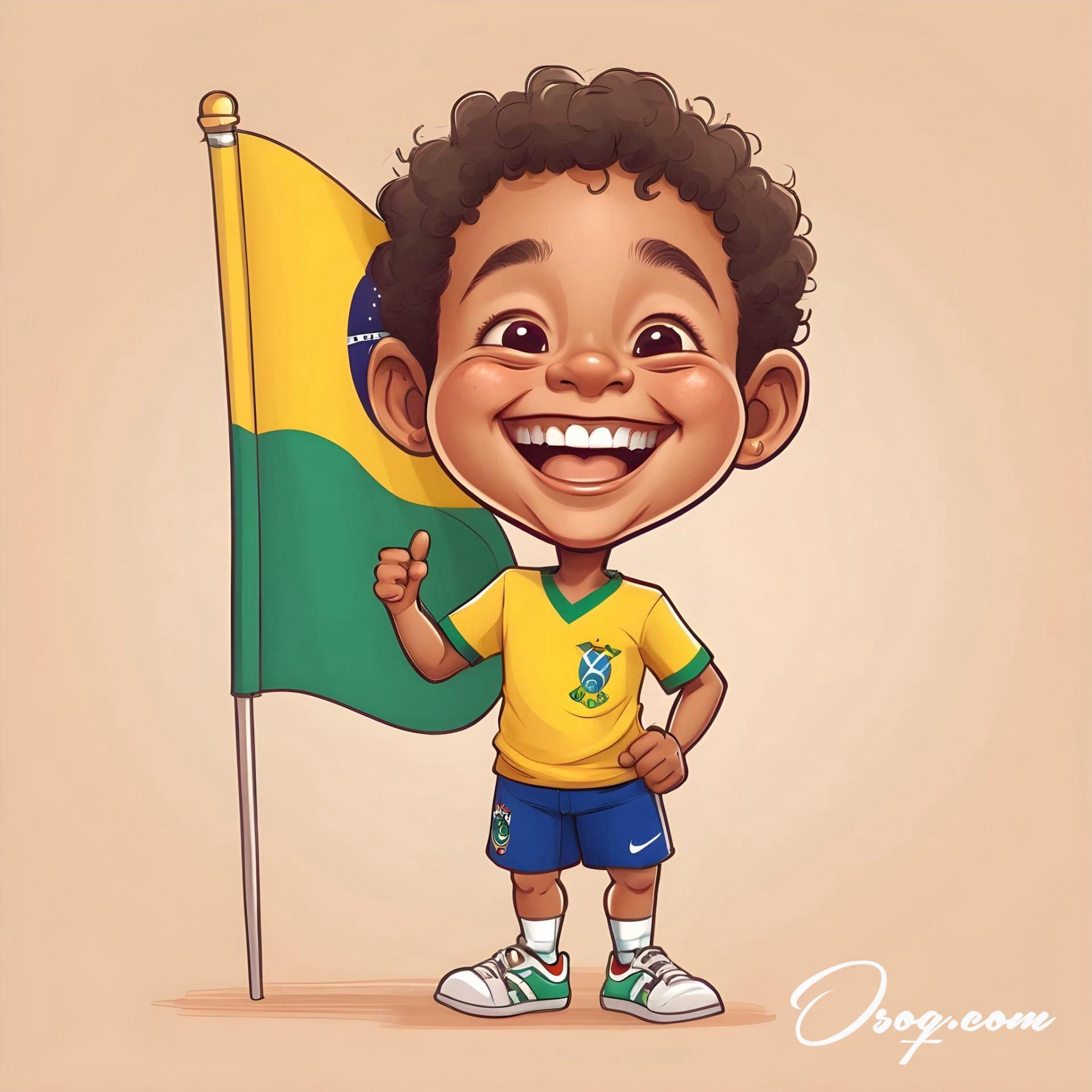
Festivals dedicated to cartoons and animation, such as Anima Mundi, have become significant cultural events in Brazil, showcasing local talent and attracting international artists.
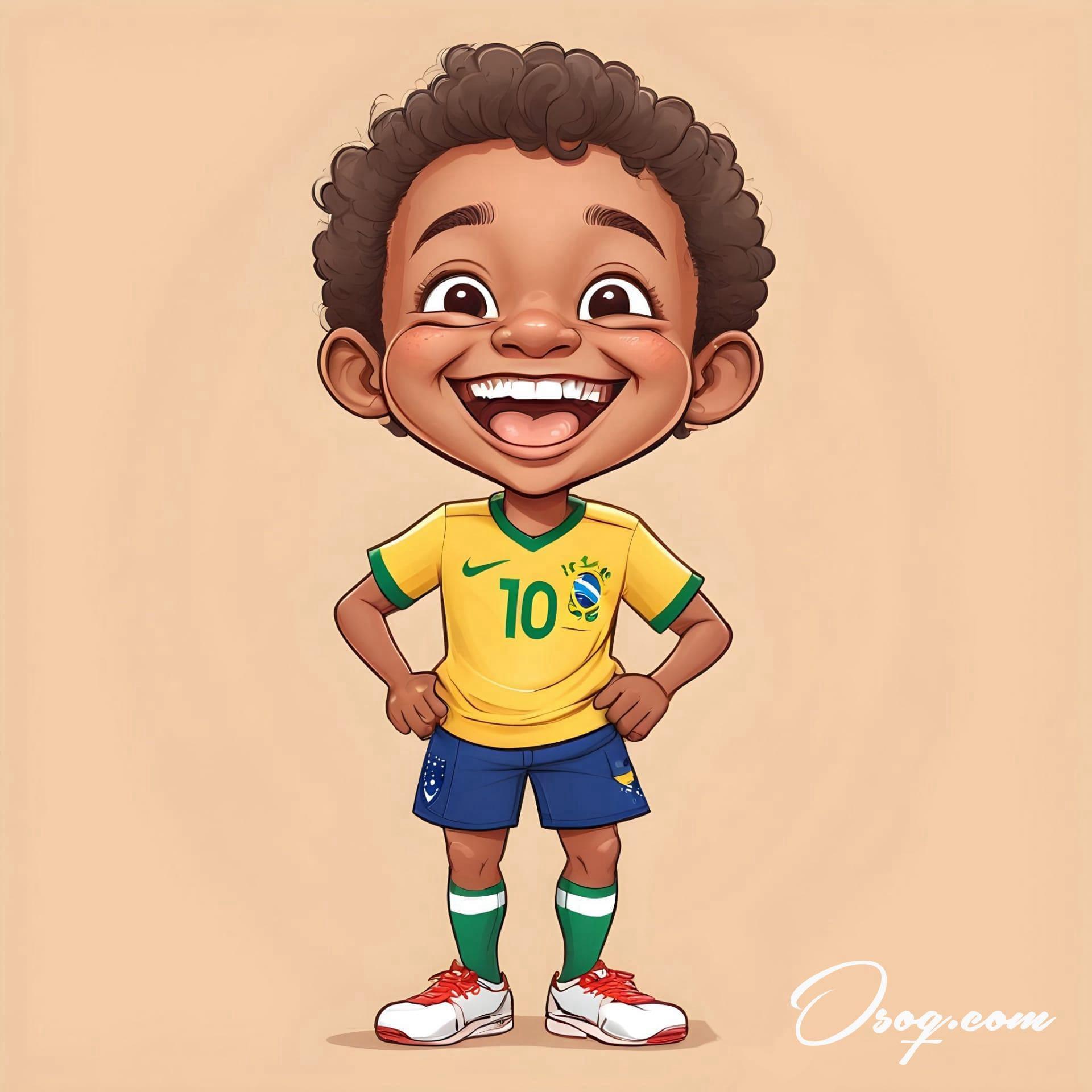
The Brazilian cartoon industry has been adept at utilizing digital platforms, with many creators sharing their work online, thus reaching a global audience.
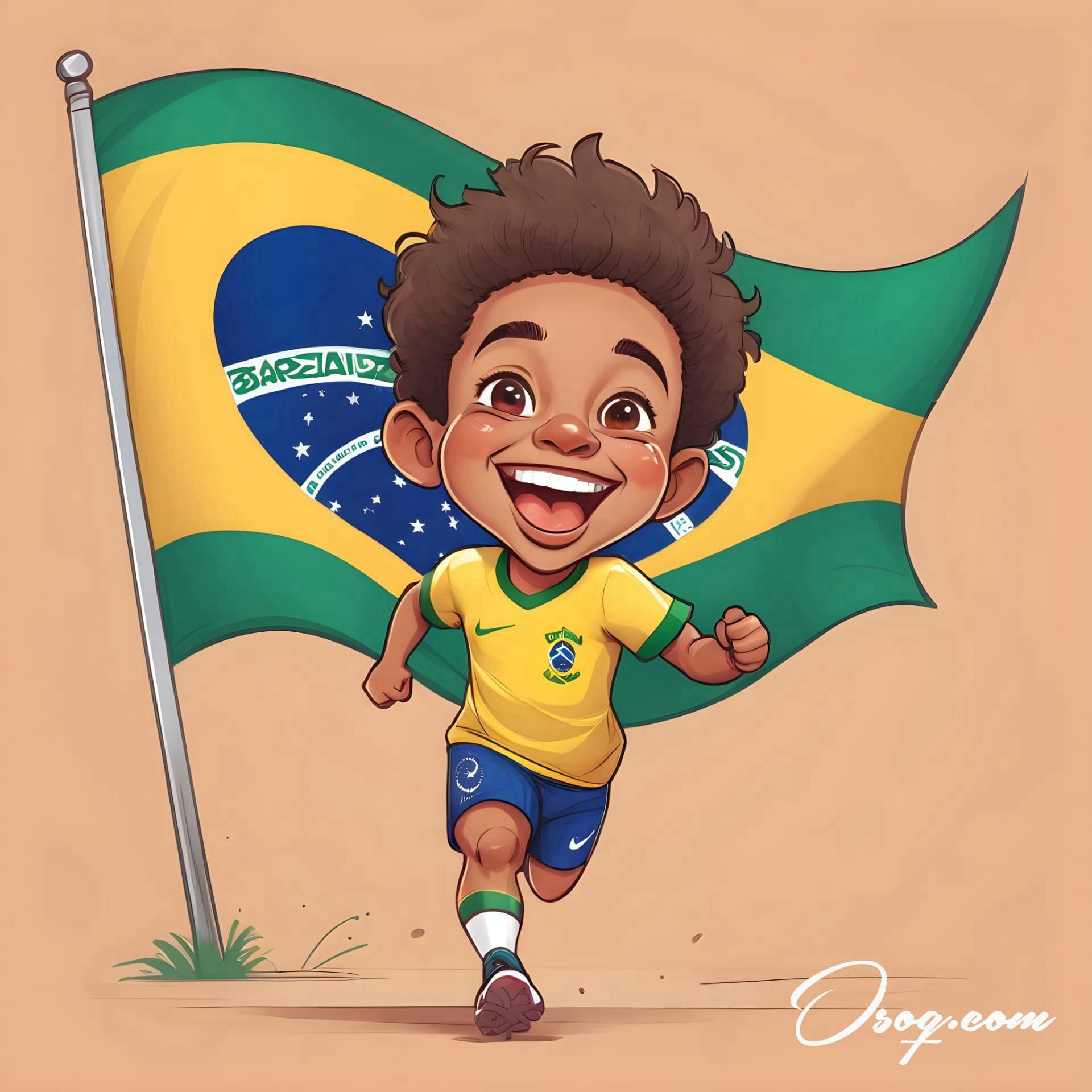
Voice acting in Brazilian cartoons is a revered art, with local actors bringing characters to life in a way that resonates with both Brazilian and international audiences.
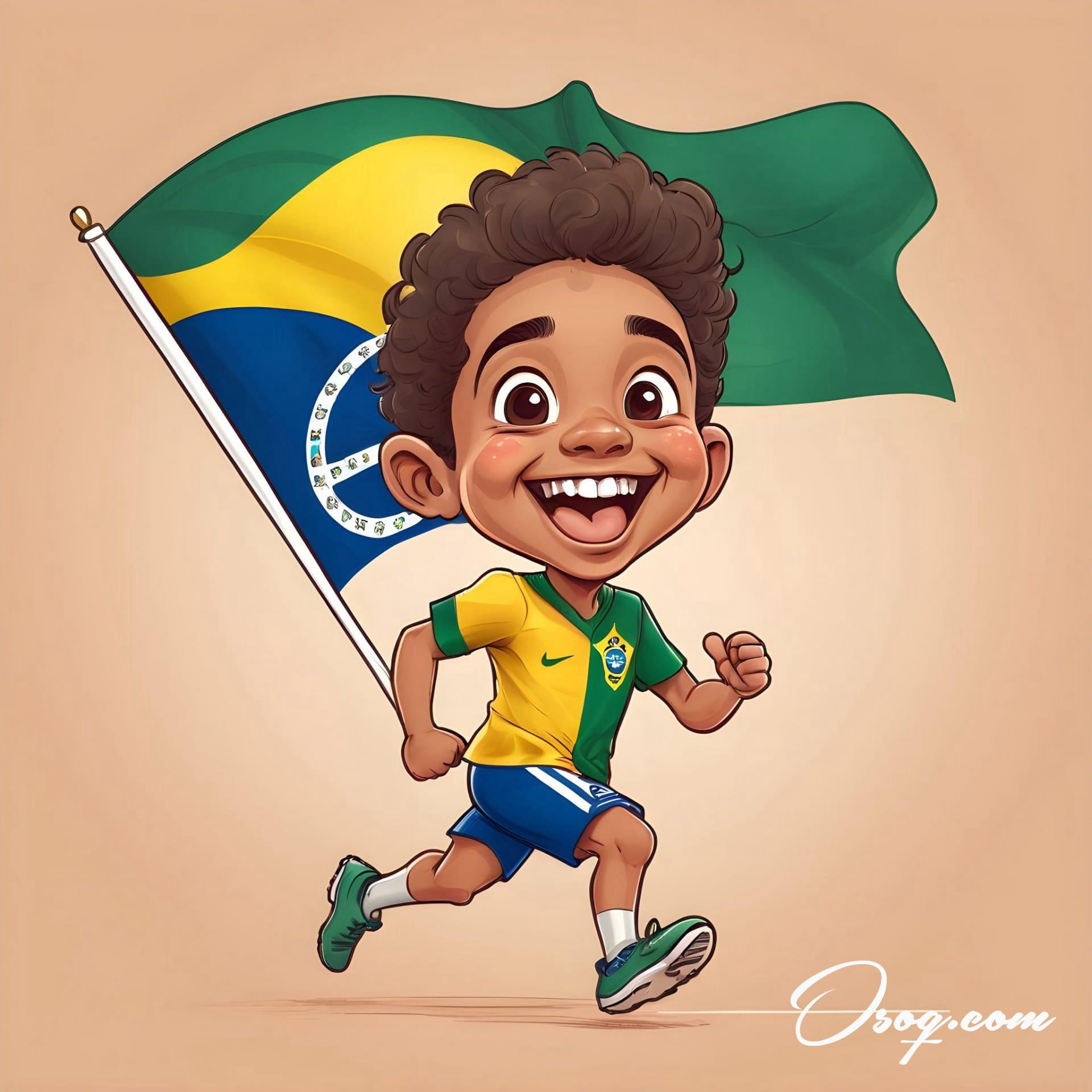
Brazilian cartoons have a unique ability to blend traditional folklore with contemporary themes, making them relevant and exciting for viewers of all ages.
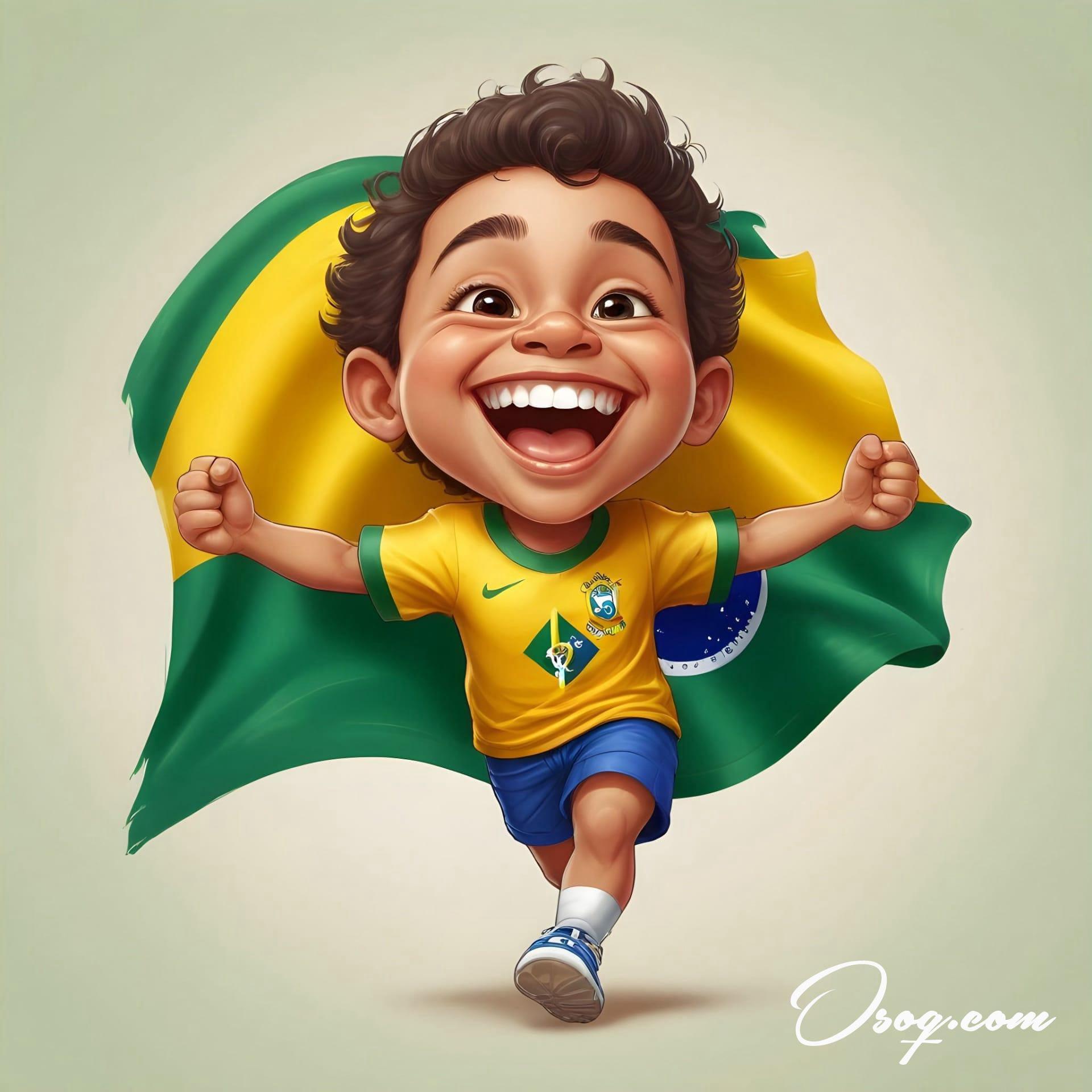
The influence of Brazilian cartoons extends into other forms of media, including video games and merchandise, demonstrating the expansive reach of these beloved characters.
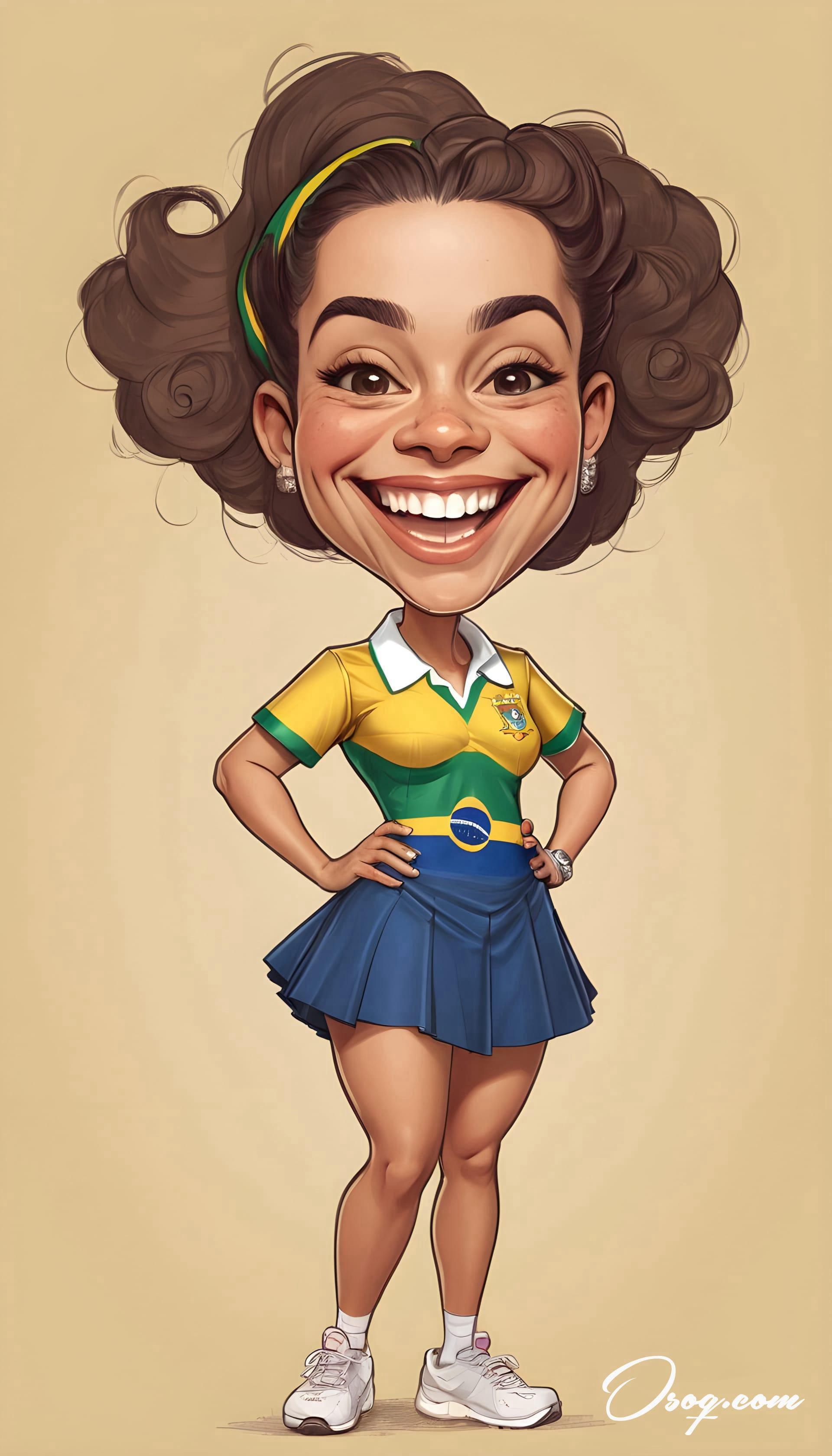
One notable trend in Brazilian cartoons is the inclusion of environmental messages, reflecting the country's commitment to protecting its biodiverse ecosystem.
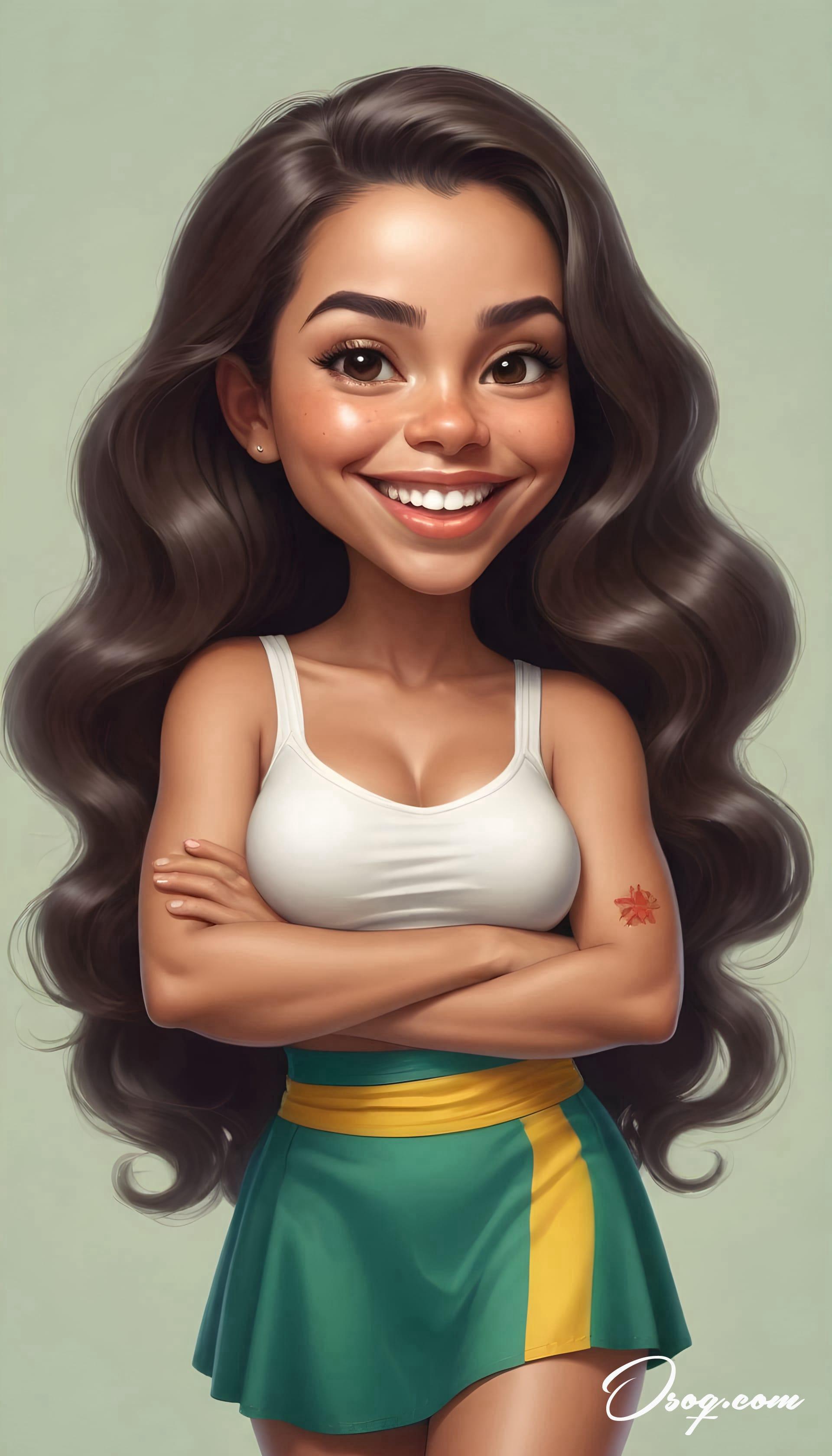
The rise of webcomics has provided a new platform for Brazilian cartoonists to experiment with storytelling and artistic styles, leading to innovative and compelling content.

Collaborations between Brazilian cartoonists and international creators have resulted in cross-cultural exchanges, enriching the global animation landscape.
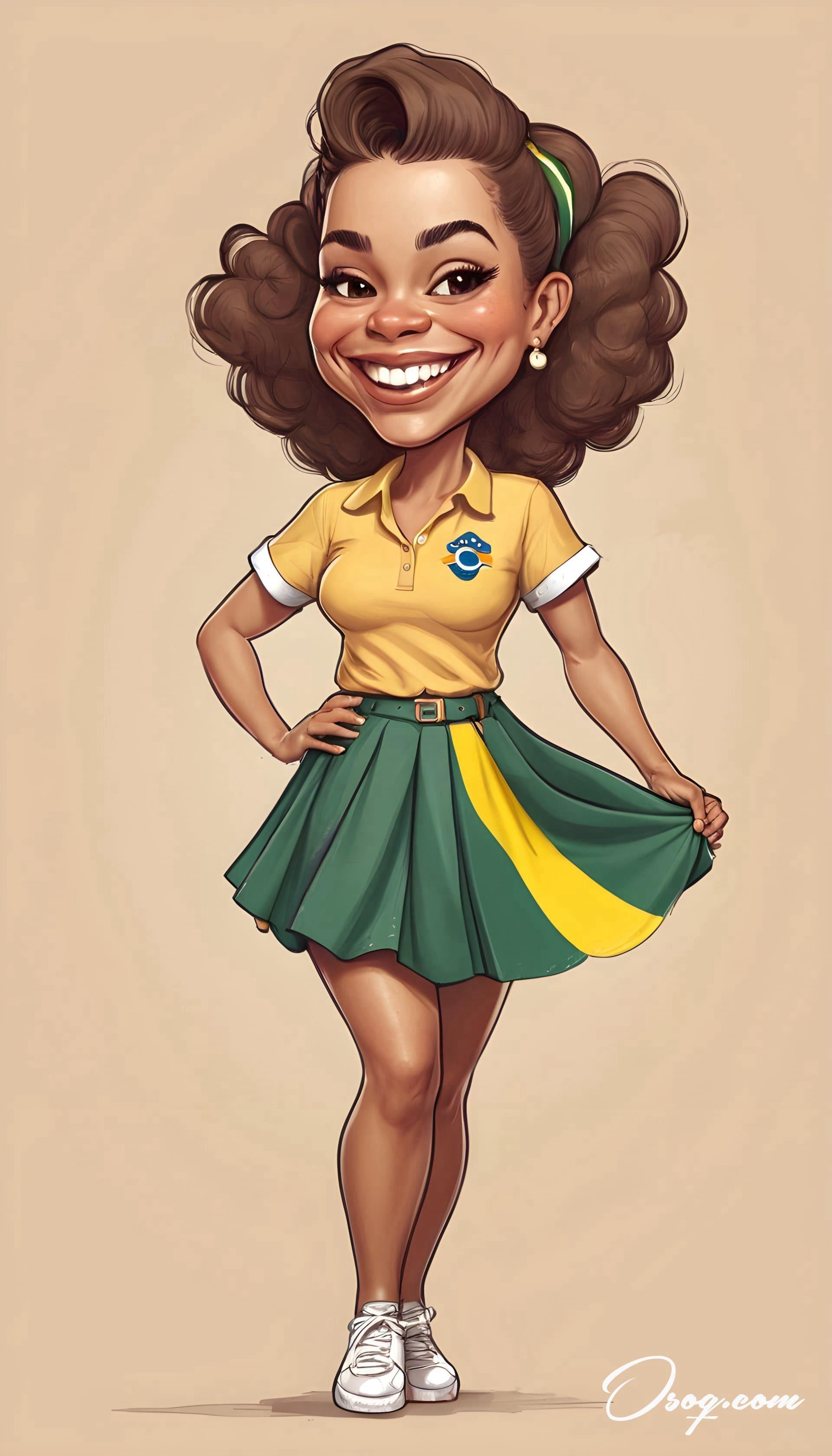
Brazilian cartoon festivals often include workshops and lectures, offering aspiring artists opportunities to learn from established professionals.
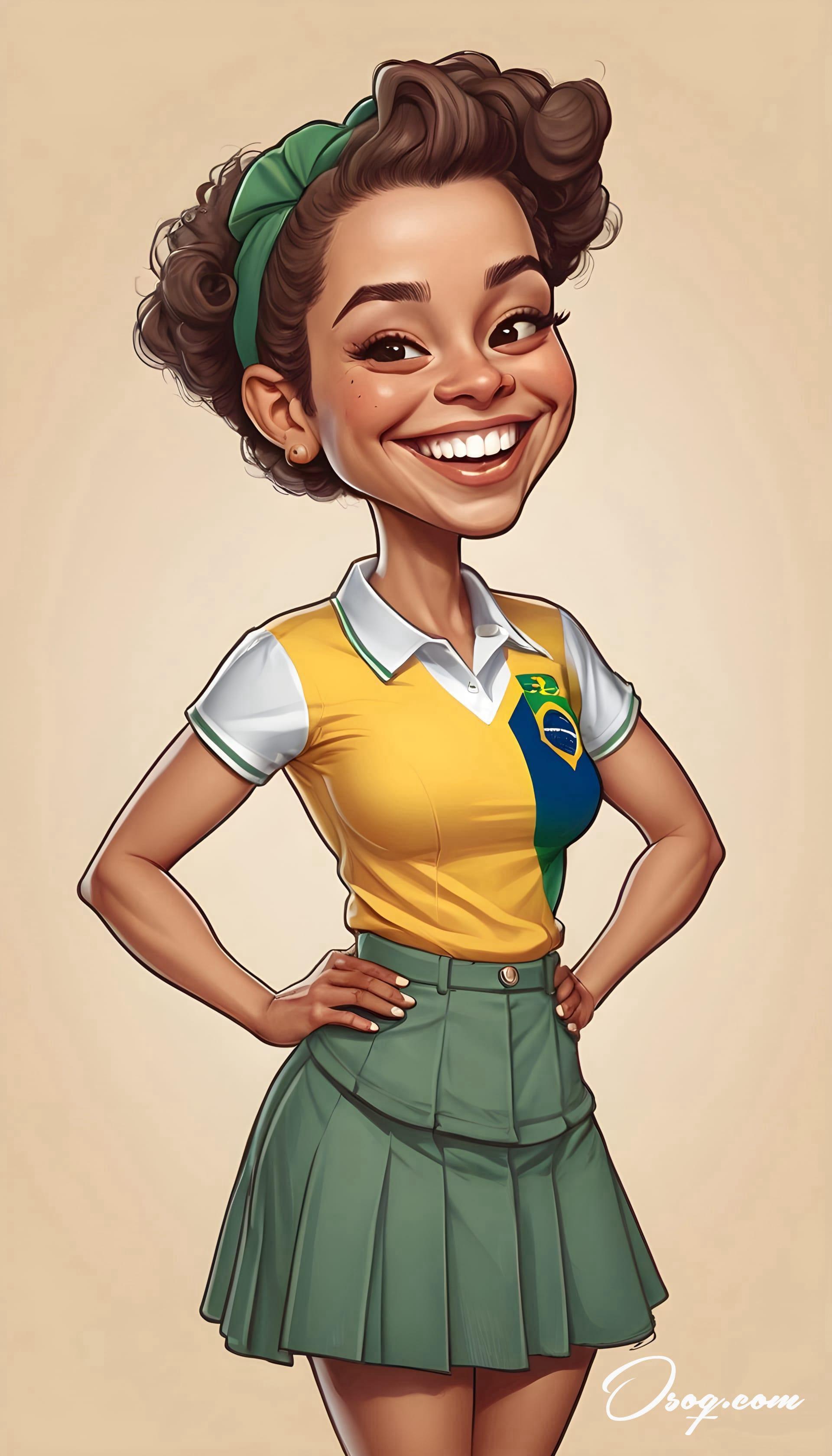
The diversity of the Brazilian population is reflected in its cartoons, with characters representing a wide range of ethnicities, cultures, and social backgrounds.
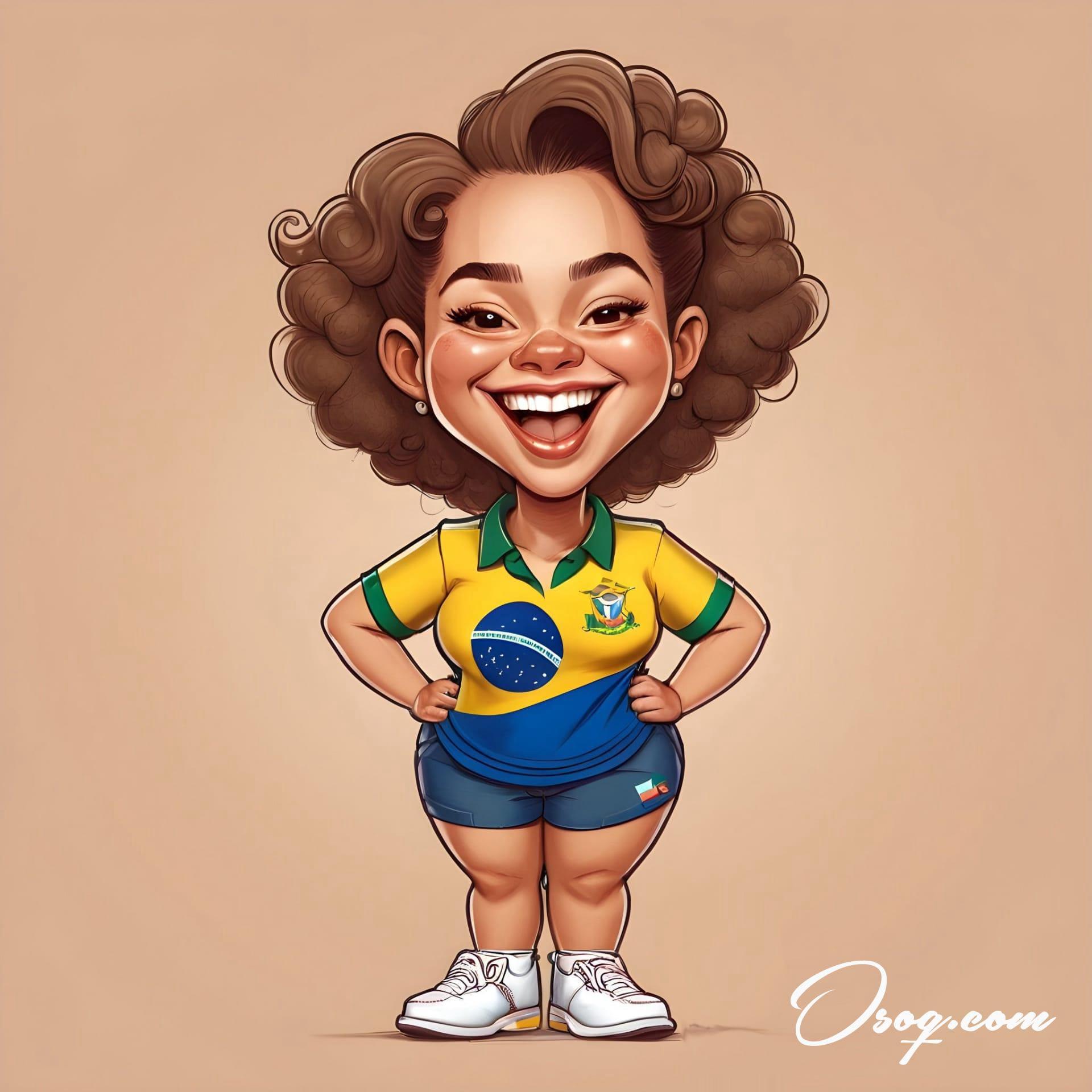
Brazilian cartoon art has evolved to include a variety of genres, from comedy and drama to fantasy and science fiction, catering to a broad audience.
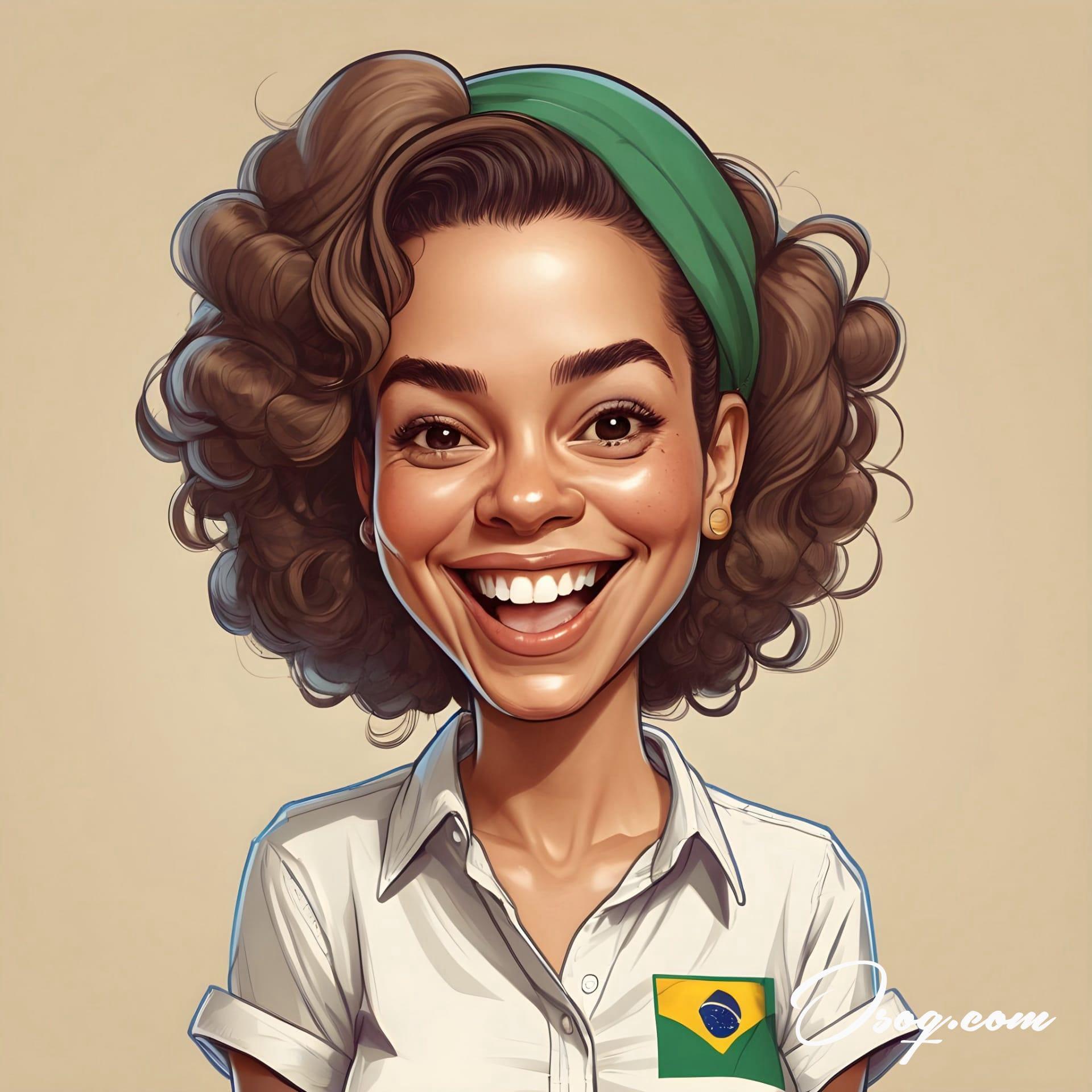
The process of creating a Brazilian cartoon involves a collaborative effort among writers, illustrators, animators, and voice actors, each bringing their unique skills to the project.
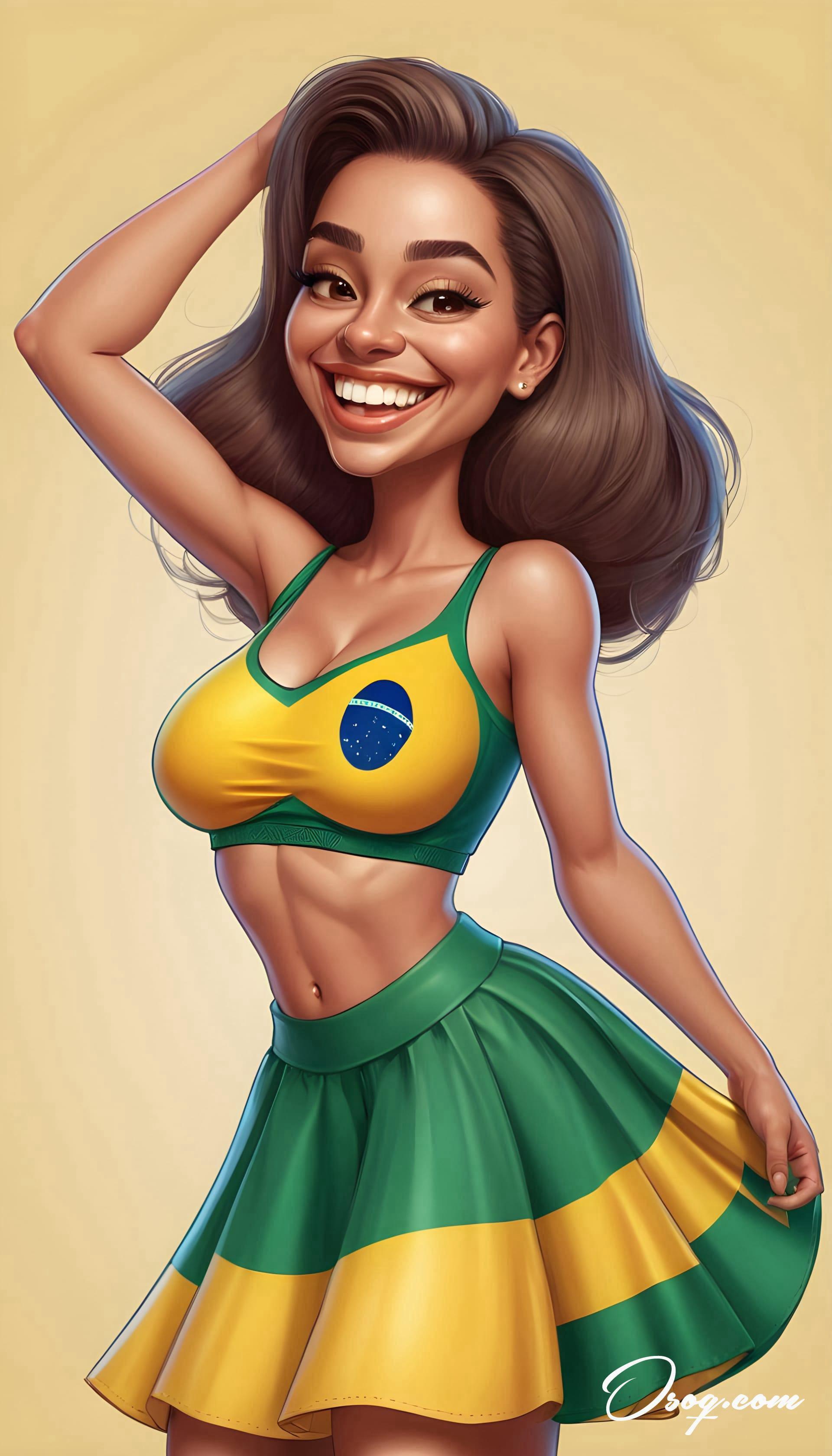
Brazilian cartoons often incorporate music, with soundtracks that feature traditional Brazilian rhythms and contemporary tunes, enhancing the storytelling experience.
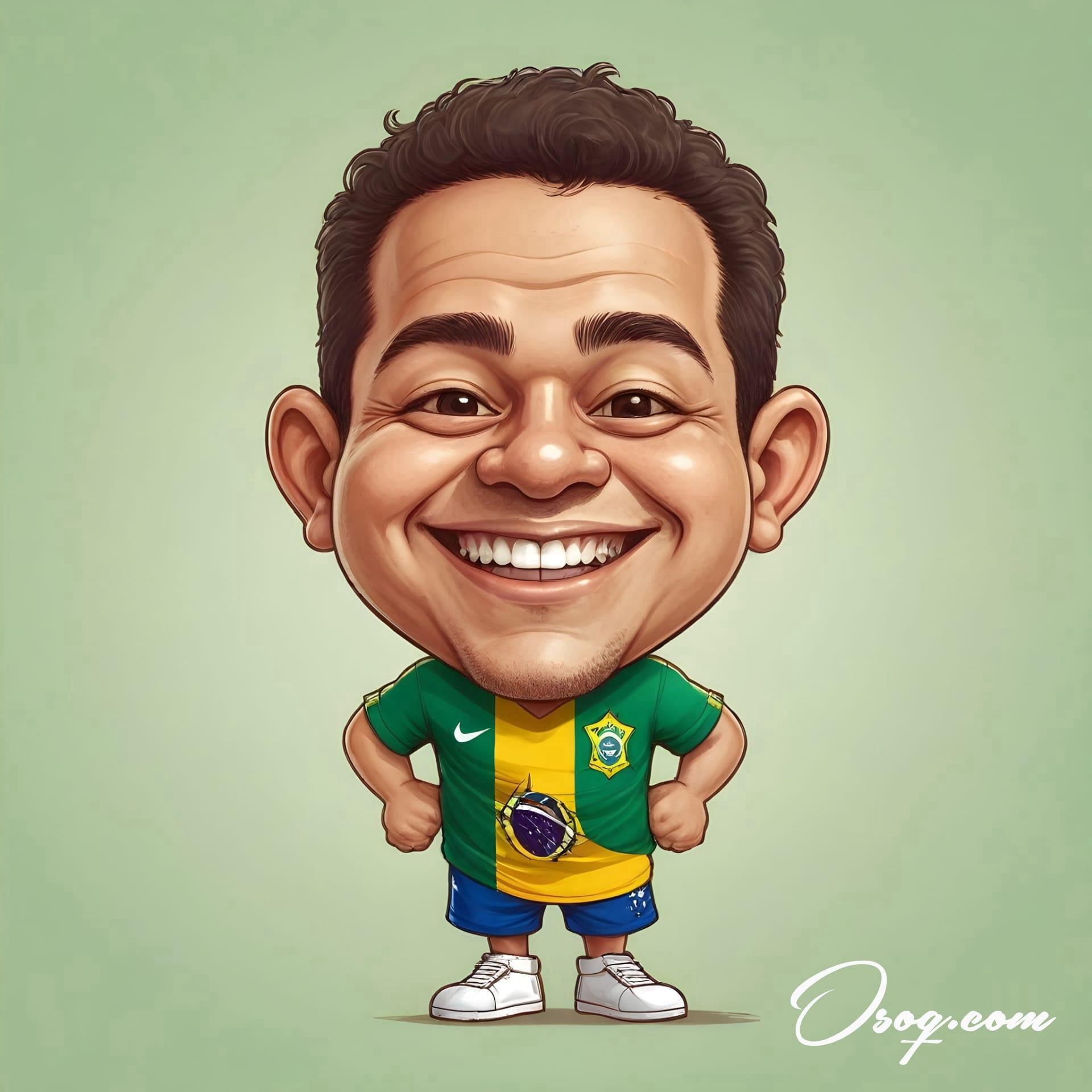
Digital animation techniques have revolutionized the production of Brazilian cartoons, allowing for more complex and visually stunning creations.
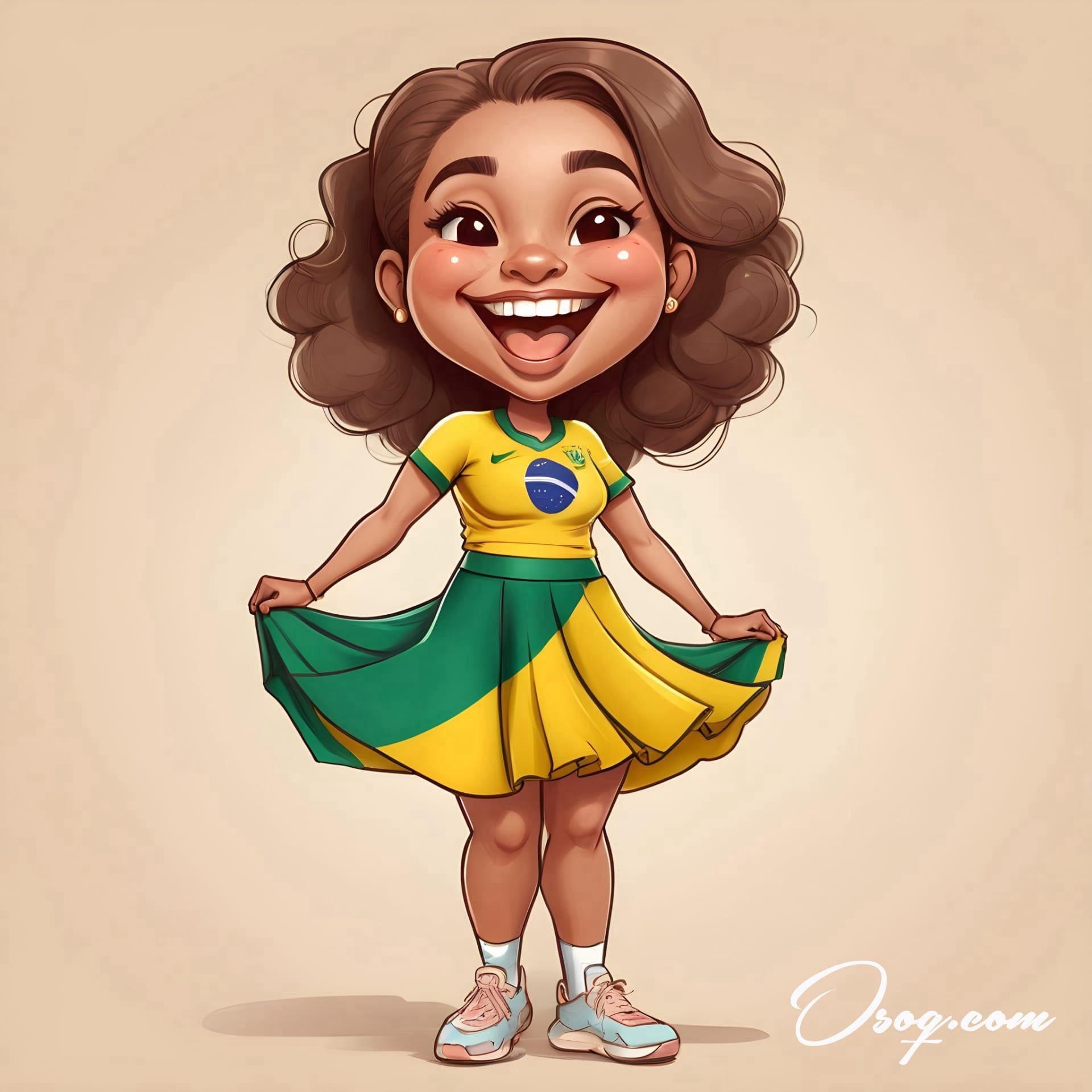
With the continued popularity and global reach of Brazilian cartoons, these creative works play a crucial role in sharing Brazil's rich cultural heritage with the world.